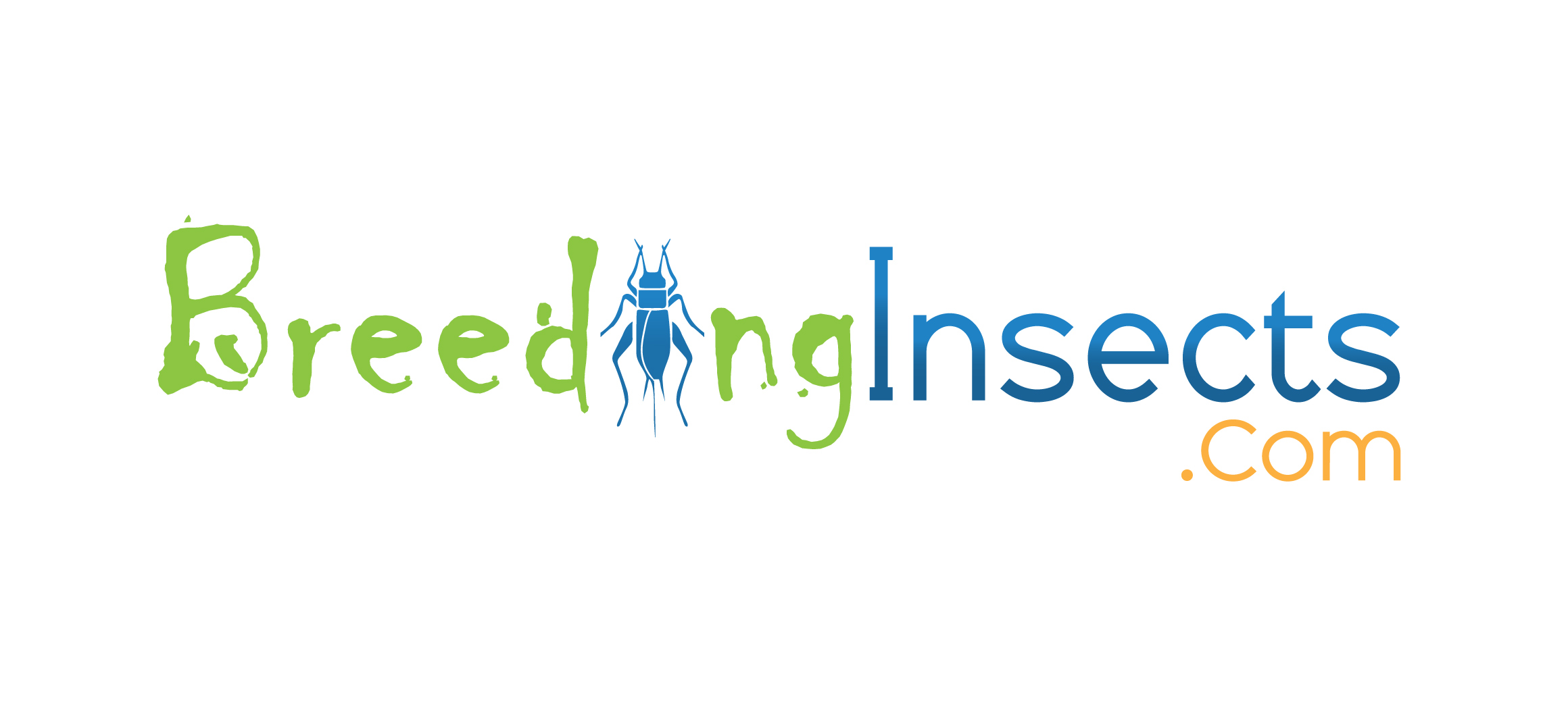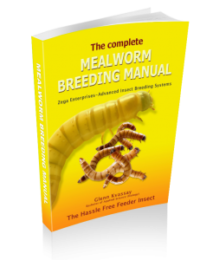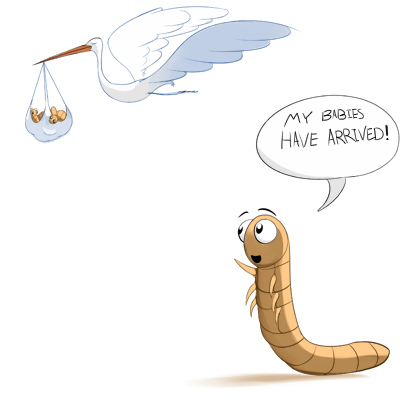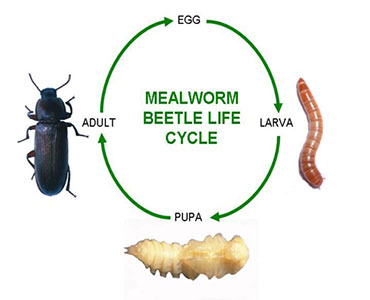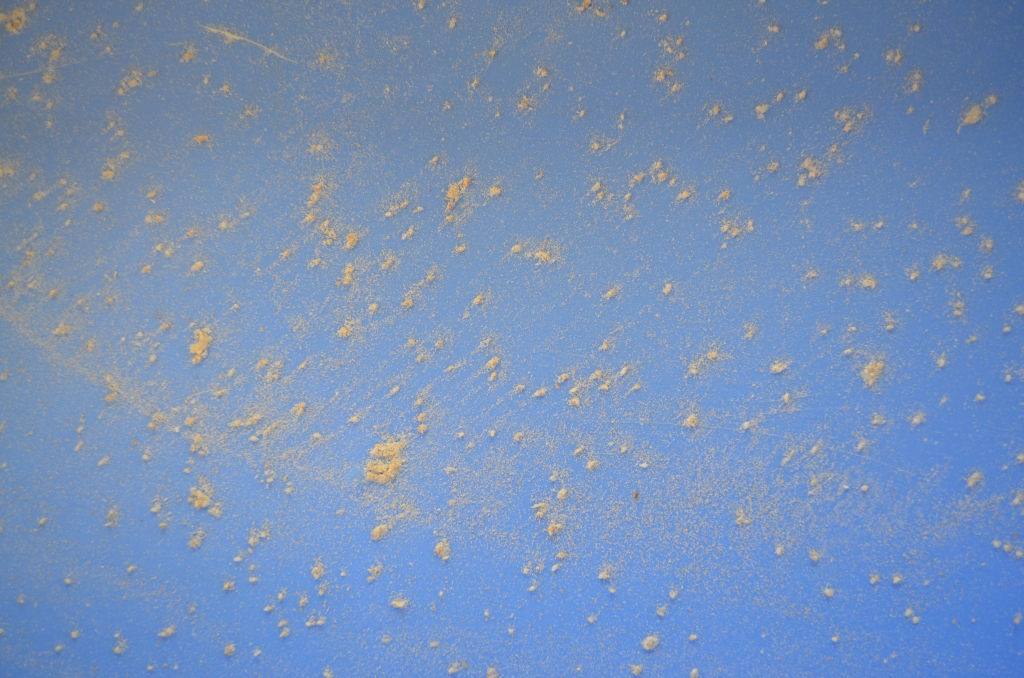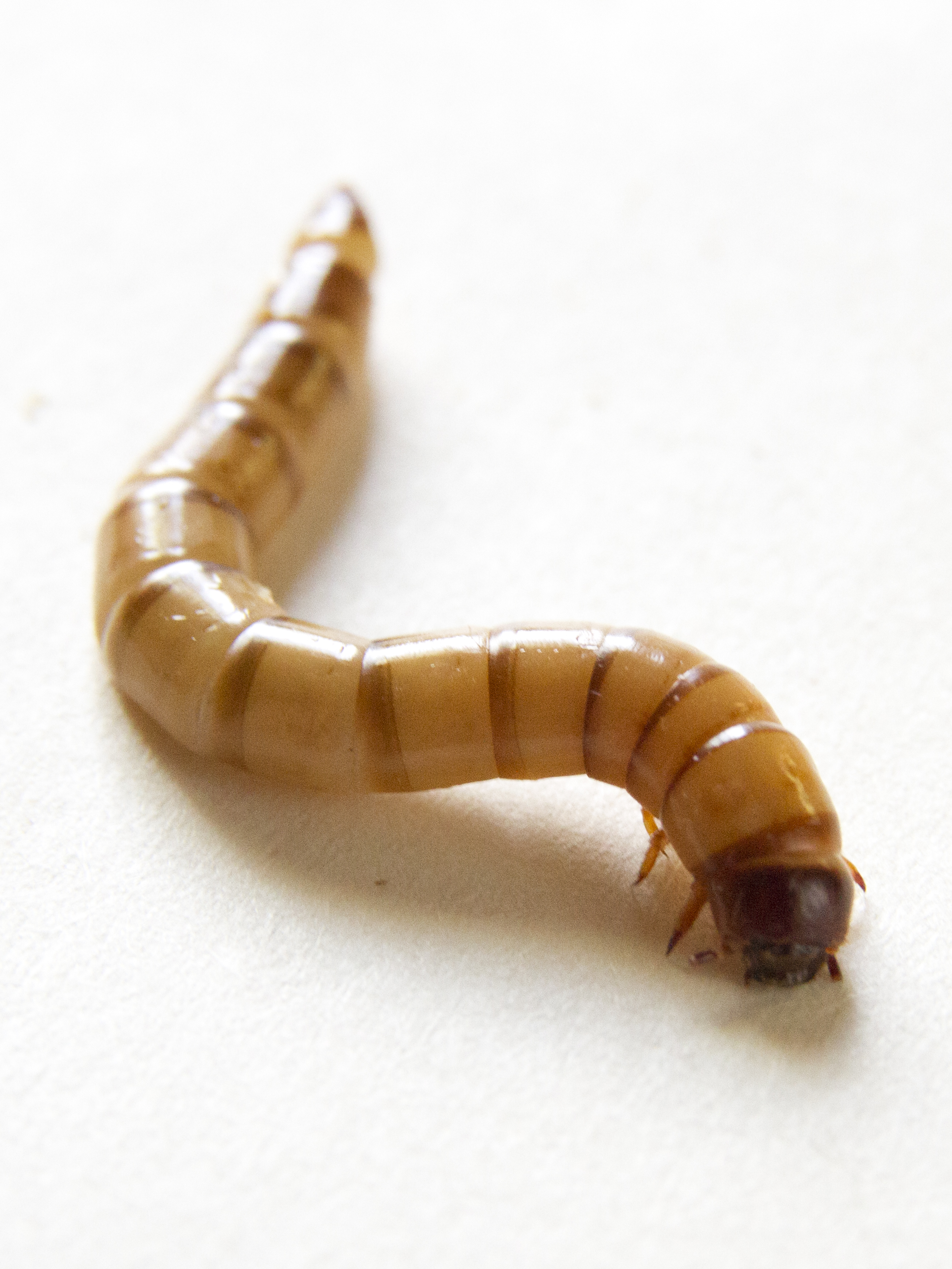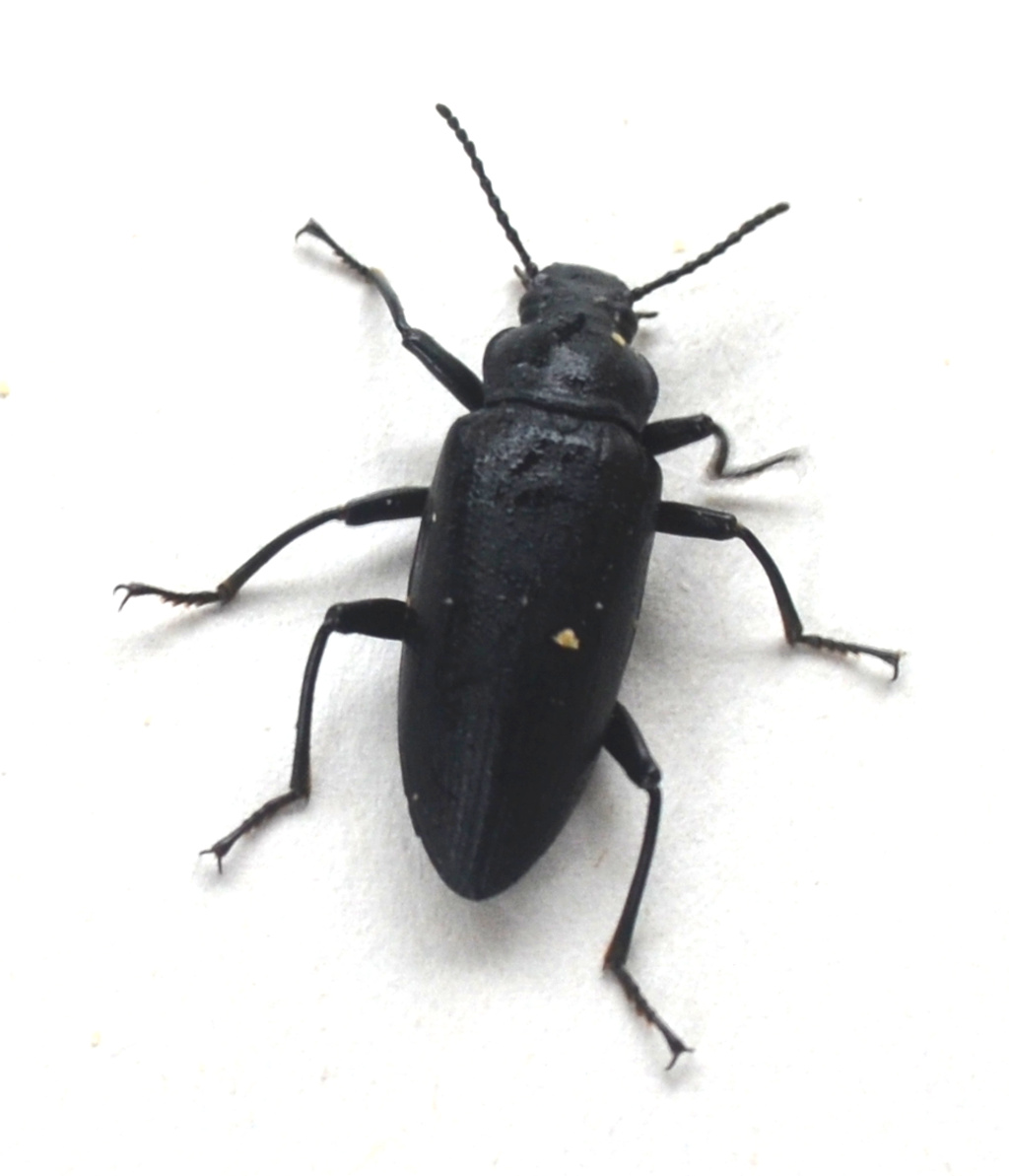Understand this and you will Produce Twice as Many Mealworms !
Once you understand the life cycle of the giant mealworm, keeping them will be a whole lot easier and you will be able to produce lots more.
Superworms are not a worm, but the larvae stage (immature stage between egg and pupae) of the Zophobas Beetle, a type of Darkling beetle. Darkling Beetles is the common name for Beetles that below to a large group belonging to the Tenebrionidae family. Yellow mealworm beetles are also Darkling Beetles. Giant mealworms are also known as super mealworms, however for the purposes of this book we will refer to them as giant mealworms.
Separating the different life cycles is essential for productive mealworm breeding to prevent cannibalism. Every life stage can eat all younger stage. ie mealworms eat eggs, beetles eat mealworms and eggs.
Below we give you a summary of each life stage. Each person will have a different set up, so don’t be surprised or disappointed if they don’t appear on the exact week you were expecting.
Breeding Summary
Understanding the lifecycle of a Giant mealworm (Zophobas morio)) is essential to manage an efficient colony. As shown below the lifecycle of the mealworm comprises of the following 4 distinct stages (eggs, worms, pupae, beetle). This four stage development (with pupa) is known as complete Metamorphasis.
Development times between the different stages varies greatly (moderately synchronized) even with climatically controlled conditions. Most development follows a typical bell shape curve with some developing early, the bulk developing in the middle and some developing late.
For this reason many of the figures provided are an average for the bulk of the life stage (middle of the bell curve). On average it takes approximately 10-12 weeks (3-4 months) for a mealworm to go from egg to adult size. The beetle stage will go for another 8-12 weeks (2-3 months). All figures assume climate control at 25-28 degrees and relative humidity at 50-60%. At cooler temperatures the time durations will be much longer (ie double or more).
Eggs
Reproduction
- Lifecycle- Reproduction is sexual, with one male being able to transfer enough sperm to fertilize all future eggs.
- Each female beetle can lay 100-200 eggs at a time and up to 500 over their life.
- Egg are laid to a substrate of some sort which could include Bran substrate or tray bottom. They can most easily seen as white dots on the bottom of a dark colored tray (see adjacent photo)
- It takes approximately 10-14 days for the adult beetle to mate and lay eggs after it emerges from the pupae.
Worms (Larvae)
General:
- Large mealworms will eat smaller mealworms so separation is essential for productive breeding.
- Giant mealworms are highly carnivorous and would eagerly devour a stationary pupae. To avoid cannibalism (and breeding failure) giant mealworms have evolved to only pupate when they are isolated. For this reason if you want to breed them you must place each worm (over 5cm/2inches) into a separate chamber on its own.
- This ability to postpone pupa development in the presence of other worms gives giant mealworms a storing advantage as you can keep them alive for 6-12 months before they die. Yellow mealworms will automatically turn to pupae shortly after worm maturation and hence need to be bred constantly and have a short shelf life.
Hatching:
- Mealworms hatch approximately 7-10 days later although it will take much longer for non optimal conditions (up to 4-8 weeks for low temperatures).
- It may take a few weeks before the baby mealworms are large enough to see with the naked eye. Most will hang around or on the wet food. They are best observed just after you have turned on the lights at night.
- Newly hatched mealworms are tiny around 3mm long (0.12 inches), white to light orange, and have 6 legs and feelers. As they mature they change color to a darker orange/brown.
Molting
Worms go through numerous molts before finally developing into a pupae. After Each molt they are susceptible to dehydration so its important to maintain sufficient humidity and wet foods. They are also more susceptible to higher temperatures.
Pupae
General
- The pupae is an intermediate stage (teenager) between the mealworm (immature) and beetle stage (adult). The pupae looks like a white wiggly cocoon.
- The pupae does not require any food or a direct moisture (i.e. fruit or vegetables).
- Pupae are a yellow/orange color which helps them avoid being detected by predators in their meal substrate.
- You should only use large mature worms will go to pupae, usually around the 2 inches (5cm mark).
- Once placed into a chamber on its own, they will begin to curl inwards and create cocoons from silk. This eventually hardens to create a protective shell.
- The metamorphosis of the worms to pupae takes approximately 10-14 days (25-28 degrees).
Pupa to Beetle
- In normal conditions it takes around 1 week for most pupae to develop to beetle however there are some that take longer up to 3 weeks (Moderately synchronized).
- Change of weather or climate conditions can trigger metamorphosis from pupae to beetle also. For instance we noticed pupae which had been sitting for weeks in hot 35-40 degrees (95-104 Fahrenheit) with no climate control in summer, went to pupae overnight when we commenced air conditioner set to 25-28 degrees (77-82 Fahrenheit).
Important Note:
Pupae require a lot of food and moisture at this stage, as they are preparing for the pupae stage. Lack of adequate hydration is a key reason pupa dye which results in a significant reduction in the production capacity of the farm.
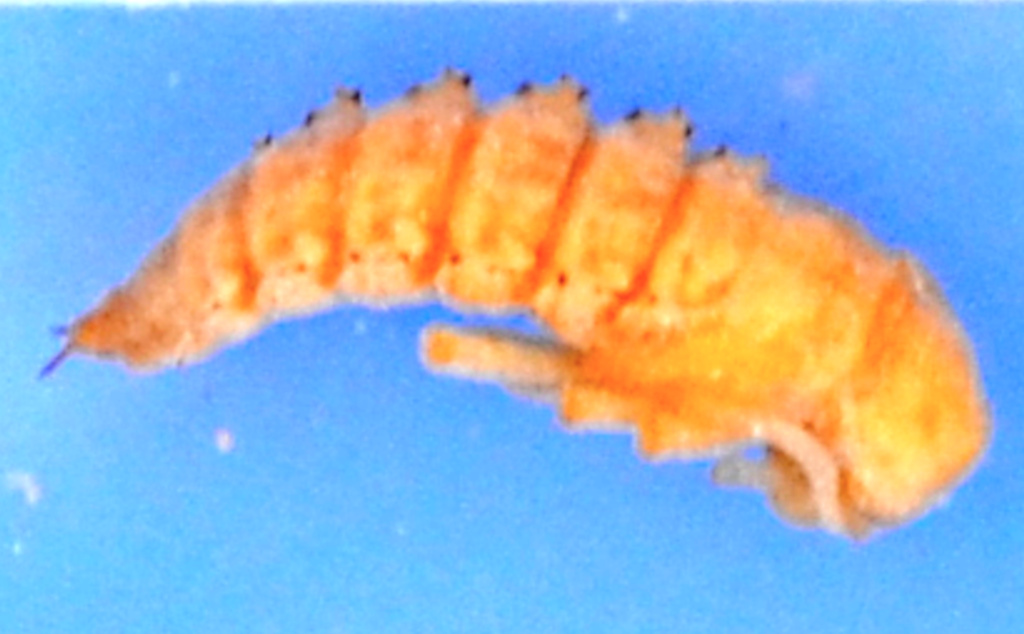
Pupae on Side
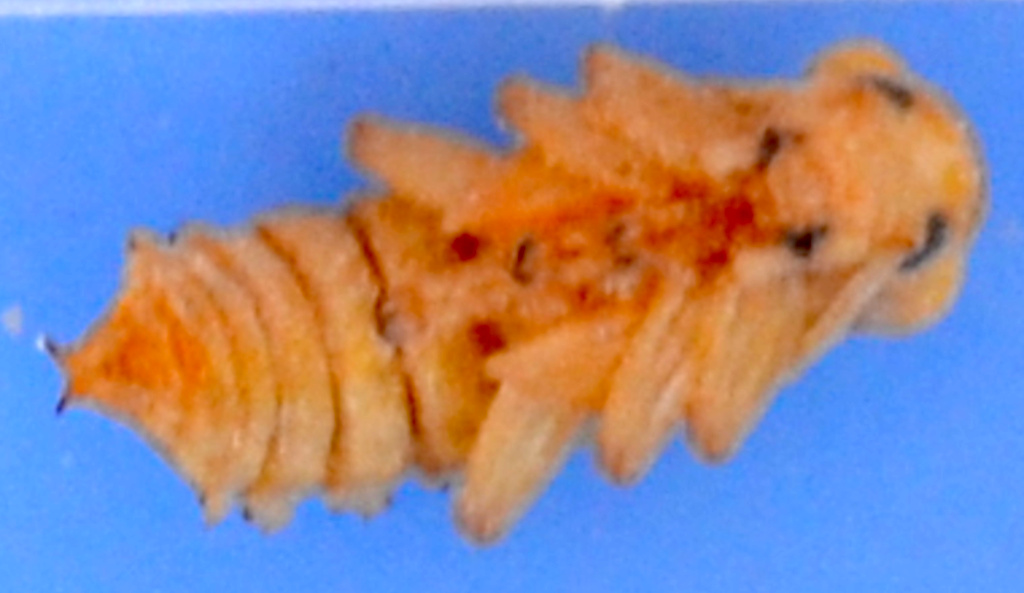
Pupae on Back
Factors that Slow Down Pupae Development include: high worm densities, high or low temperatures and humidity (see following sections), insufficient wet and dry food (substrate) and infrequent removal of frass.
Factors that Increase Pupae Development include: low worm densities, optimal temperature and humidity levels (see following sections), regular removal of frass.
Causes of Death: Pupae are the most vulnerable life stage and have high death rates if not managed properly. Under climatically controlled conditions in our operations we don’t see much death in pupa (less than 5%) however in non climatically controlled conditions you may experience higher amounts.
Beetles (Adults)
General
- After approximately 14 days (25-28 degrees) the beetles emerge from the pupae stage, initially as light yellow color. As the shell hardens it goes to a morone color and eventually to a hard black shell.
- Beetles are the adult stage of the life cycle, and they lay the eggs in the mealworm substrate.
- After emerging from the pupae, they have a morone color, which quickly darken to a black shiny shell. They have wings but will not fly away.
- The adult feeds on cereal, meal and wet foods (see food sections).
- As beetles eat mealworms they should be removed from the container as soon as they appear and placed into a second container where they can lay their eggs into the mealworm substrate.
- Females can be distinguished from the males as they are larger than the male.
- We have found in captive colonies that some of the adult beetles will start to die off after 3 months. However they do have been known to live for a number of years.
- Productive egg laying mainly occurs in the first 8 weeks.
Life Expectancy:
- Beetles have an average life expectancy of approximately 3-6 months depending on temperature. Productive breeding occurs in the first 4-6 weeks. All life stages has a bell shape curve, with some dying earlier, the most dying in the middle and some taking longer.
- Approximately 10-14 days after they emerge from the pupa, they are able to mate and lay eggs into the substrate. Remember that the eggs are mixed in with the poo (frass) at the bottom of the container and this will provide you with the next generation, so don’t throw it all out.

